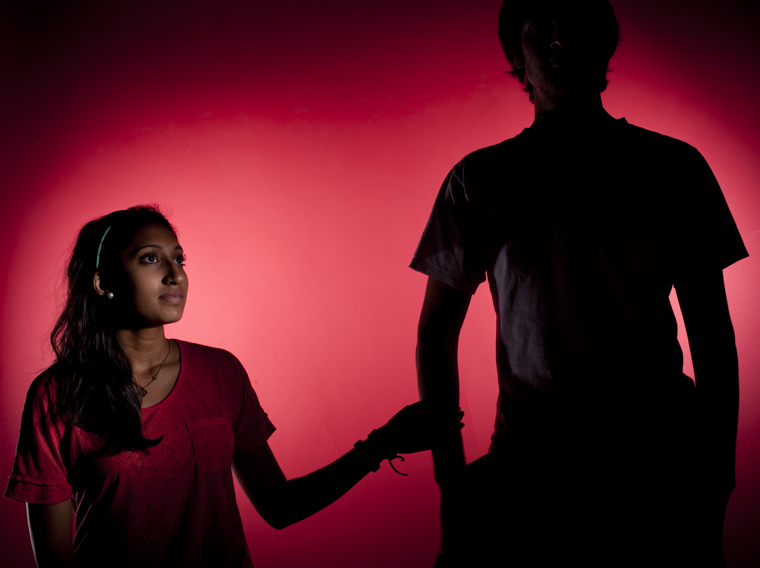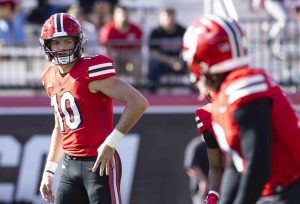In search for sister’s bone marrow donor, student finds match for someone else
March 25, 2011
When 18-year-old Sam Kimura went to the doctor last spring, she was diagnosed with aplastic anemia, a rare condition that causes her bone marrow not to reproduce enough blood cells.
The doctors told her the best form of treatment would be a bone marrow transplant, which, if successful, could completely cure her condition.
After her older sister, Louisville junior Alex Kimura, found out she wasn’t a match, she got trained by a representative from the National Marrow Donor Program and joined the Be The Match Foundation.
Alex organized two bone marrow drives last year, one in Louisville and one on campus.
She is organizing another drive, which is coordinated with the campus blood drive happening April 11-17, she said.
“I wanted to turn this negative for my sister into a positive and help other people,” Alex said.
They didn’t find a match for her sister, but they did find a match for someone else.
Bowling Green sophomore Poorvie Patel found out during spring break that she was a match for a 41-year-old man.
Next week, Patel will have four tubes of blood drawn to test for infections and diseases.
If the results turn out well, Patel said she will start taking a shot that makes her body produce more stem cells, which she will give to the patient after a transfusion.
In November, Patel was one of 430 people who got their cheeks swabbed at Alex’s second bone marrow drive.
The swab is used to see if certain components of a potential donor’s DNA will be compatible with someone who needs a transplant, Alex said.
Patel said she never thought she would be a match for someone.
“Those chances are like one in a million,” she said. “I was just speechless.”
Alex is glad that Patel, who is Indian, was a match for someone, especially since there is a strong need for minority donors.
For example, only 7 percent of the registry is African-American, Alex said.
Patel said the registry only disclosed the gender and age of her match, but she has been thinking about what his life is like.
“This person could be anywhere in the world,” she said. “He has to have a wife and kids. I thought if this was my dad, I would want someone to help him.”
The registry doesn’t allow donors to meet patients until a year after they donate, Patel said. However, within the year, they will update her three times about his progress.
“Just because you give them the marrow doesn’t mean they live,” she said.
Patel has done research about how the procedure will affect her body.
She said she will get flu-like symptoms while she is taking the shots to help her produce stem cells.
“I’m getting sick for like a week,” she said. “But that person could be sick for their whole life.”
For now, Patel is just waiting to donate to her patient.
“The faster I get this done, the faster I can get it to him,” she said.
Sam Kimura still hasn’t found a donor, but she underwent immunosuppressive therapy, which is a process of weakening the immune system and then building it back up with medicine, according to the National Bone Marrow Registry’s website. It’s possible that patients will have to repeat therapy long-term, which is why the bone marrow transplant is ideal.
Sam said she is back to normal, but she would like to find a match in case something happens.
Now that she’s gotten her strength back, she has returned to finish her senior year at Ballard High School in Louisville, and she’s excited about attending WKU next fall with her sister.













